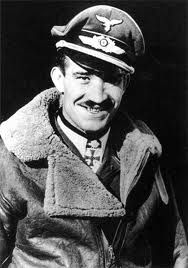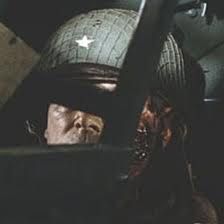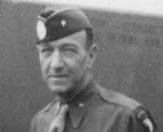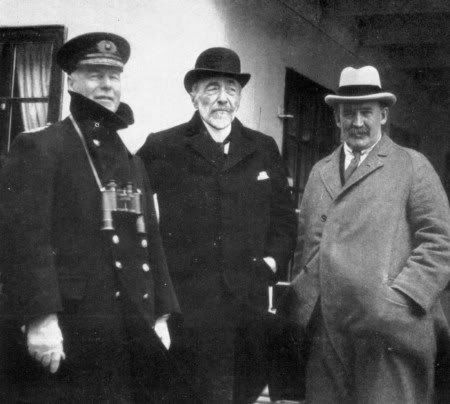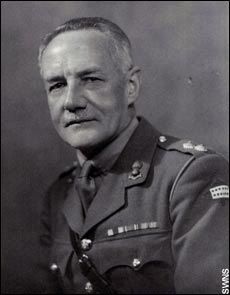The following is an interview with Adolf Galland, made years before his death in 1996 .-
Was taken from my book "La segunda guerra mundial" (The WW2) of editorial Sarpe, page 254 .-
Translation by Google (there may be an error in interpretation) .-
-General, what was the most dangerous enemy aircraft with which he had to fight?
-In the early years of war, the "Spitfire" English, especially because the RAF pilots were well trained and know the fullest.
Then in the second half of the conflict, the greatest danger was represented by the "Mustang", which were used as escort, and then the "Tempest" and "Typhoon."
- And what was the best German equipment?
-Undoubtedly, "Messerschmitt 262", which Hitler wanted to use as a bomber instead of hunting. And you had to argue strenuously, without great results, to try to make him understand that was not used in the most logical.
- What were the main differences between German and Allied aircraft?
'They were many and outstanding. The devices of the RAF were more manageable and docile than ours. The Germans, on the English, were faster and had greater acceleration power. Then, Americans were even more powerful engines than ours, and were made of better materials.
-During the air battles, was it possible to identify enemy aircraft between the pilot of another famous?
No, impossible. Although many in the cockpit was painted a sort of badge, a symbol, a drawing in short, the speed that prevented flying apart. Recognized the silhouette of the plane adversary, identified the type, but you could see the whole and not the details.
- How many times was wounded in combat?
'Three or four times in total. In the last near the end of the war in April 1945, was hit twice in the same action.
But long I was less exposed than others, because in 1941 I was appointed inspector general of the hunt, and I was not allowed to fly.
I continued despite orders against, but rarely. But among the fighter pilots the average was seven or eight wounded during the war, and I know one who was hit eleven times, but those are already many.
- Did you ever throw a parachute?
- Oh, yes, of course. And I always feared he would not get out of the cockpit, and then the umbrella of the parachutes did not open it.
- What is it for the action or thought as he prepared to meet?
She knew she was the boss, I had to keep order in the training and that my decisions were important. I think no one was flying a better position than mine, tactically. But the command does not feel particularly strong or brave, are known to be decisive own orders, which must choose the angle of attack, or why some escape the attack, and so forth.
Sometimes, before boarding, I had such nerves quivering, and other times I really wanted to vomit.
But I felt better only when training was in flight.
- Did you know Italian planes? What did you think of them?
- Italian aircraft flew in and that was before the war, in Grottaglie, a pilot training course in Germany. Then I saw the Italian air force operations in Africa, the only time I was inspected by the desert. I had me some of his fighters during the Battle of Britain. I think they were somewhat inferior to the Germans and the Allies, of course.
And today, if I had to fly a fighter plane, How do you choose?
'Perhaps a "Phantom" or "Mirage". But no, it is true, perhaps the most interesting is the "F-15" or one of the Russians, such as "Mig 23". Because you have to admit that the Soviet aircraft made very, very good.
- Does it seem possible that in a modern war can repeat the dogfights of World War II, with results due to the skill of the pilot?
- Not at all! Or should I say the "dog fights", duels, only be possible if the opposing forces, exhausted missiles and other telearmas, had to turn the aircraft to decide the fate of the conflict, could use still dueling artillery. But in reality, the devices are used today and flying to speed two or three times that of sound, would be impossible to intercept.




































































